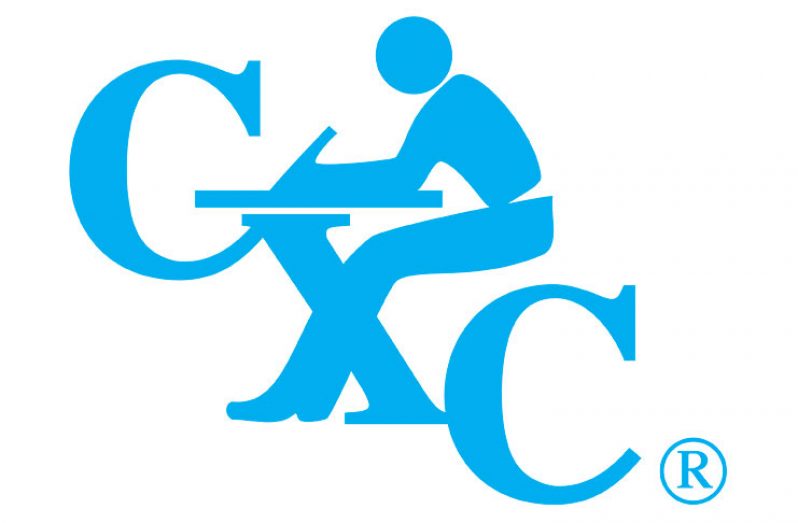–MoE mulling various approaches to help bridge performance gap, CEO says
By Zena Henry
THE Ministry of Education is employing a multi-agency approach and continued policy shakeup in order to bridge the ongoing performance gap between city schools and those located on its outskirts and far-flung locations.
This was told the Guyana Chronicle by Chief Education Officer (CEO), Marcel Hutson on Tuesday following the reading of the 2017 Caribbean Secondary Examinations Certificate Education (CSEC).
When Minister of Education Nicolette Henry read the results by region, it was noted that of the 164 top performers in the country, 93 were from Georgetown alone, while Regions Two (Pomeroon-Supenaam), Three (Essequibo Islands-West Demerara), Four (Demerara-Mahaica), Five (Mahaica-Berbice), Six (East Berbice-Corentyne) and Ten (Upper Demerara-Berbice) accounted for 13, 20, 17, three, 17 and one respectively.
Needless to say, Minister Henry was not happy with the out-of-town performances. “We have to reduce our disparities, and we have to increase our percentages,” she told those gathered at the event.
As CEO Hutson later told this newspaper, the Ministries of Education and Finance, and even the Ministry of the Presidency have been taking a keen note of the situation, and are moving towards creating ways to have resources and measures implemented to remedy it.
“This was one reason why the President himself has been moving ahead with the 5Bs programme,” he said, “because we want to focus on resources to cause our children to be punctual and attend school.”
He, however, pointed out that contrary to appearances, it is not only the city schools that are doing well, as those in places like Anna Regina, Zeeburg Secondary, Mackenzie and Tagore High are slowly coming around and picking up performance-wise.
He did concede, however, that when it comes to the Hinterland, there is a need for greater focus. “We are looking at how we can build capacity in those regions with our teachers, and how we can actually have them involved and engaged in continuous professional development,” he said.
And what this means, he said, is putting together an action plan to foster their abilities in various topics and subject areas to match the specific needs of the region.
Apart from the resources aspect, Hutson said that there is a core team within the leadership of the education system that functions in a collaborative, collective manner and recognizes the need for service. He said that along with national and regional subject committees, these teams help to determine what happens at the various levels and how it makes the necessary impacts.
Hutson said, too, that there is a growing consciousness among teachers themselves to go the extra mile, in that whereas many in the past dreaded having to work in far-flung remote locations, they are now volunteering, because they recgonise the need to serve.
“They want to go to the riverine areas; they want to make an impact.”
Hutson implied that the challenges of working in remote areas are recognized and if the idea of serving and making an impact is sold properly, “then people will buy into it.”
As Minister Henry had earlier observed, “All of our children will not suddenly get 90 per cent, but if we continue to work, and if we continue to follow particular methodologies, we will reach that place we want to reach.” She said that the ministry is keeping an eye on schools, with particular focus on their areas of weaknesses such as Mathematics and English.
At the announcement of the National Grade Six Assessment (NGSA) results back in June, Minister Henry had also acknowledged the need to remove the high level of disparity between coastland and hinterland schools.
Apart from saying that interventions were under way, she had said at the time that an analysis and disaggregation of data relative to the NGSA results for 2016 had shown that the hinterland regions were performing poorly at the examinations.




.jpg)









